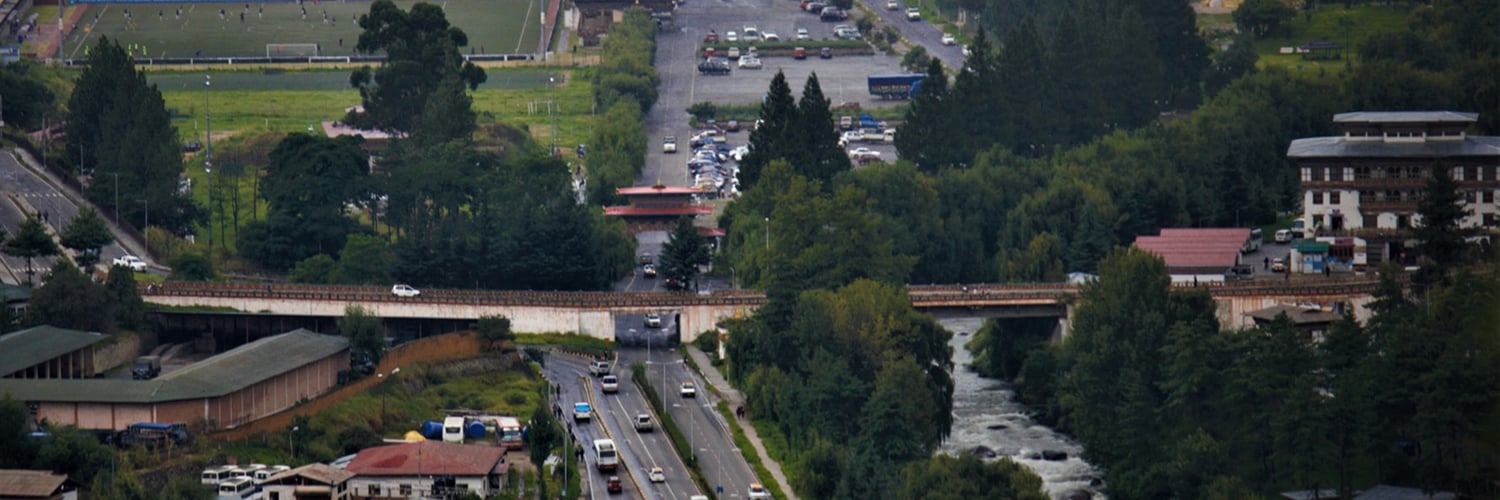Last week, I visited the famous Lungtenzampa bridge, a 170 meter-long bridge constructed in 1995. I wanted to visit the bridge after I learnt about a lore tied to the two chortens (shrines) below it. I had visited one of the chortens, circumambulating it like so many others who spend their afternoons and mornings there, usually the elderly.
The other chorten is located across the bridge, near the taxi parking. The first chorten is located right next to the Olakha-Babesa expressway. This road was built more than a decade ago, as Thimphu grew in its size as the capital.
When I got to the chorten near the expressway, I met up with the caretaker, wanting to know more about the history behind the bridge and the chortens. Lungtenzampa replaced the older Chang Bridge, and its name, “lungten” meaning prophecy, as well as the chortens, have roots dating back nearly a century to Tibet.
Phajo Drugom Zhigpo
During the 13th century, there was a man called Phajo Drugom Zhigpo, a devout Tibetan Buddhist. His root guru had advised him to embark to Bhutan as that was where his destiny lay. Phajo made his way from Tibet, via Lingshi above Thimphu, stopping at Tango, coming through Genekha, in southern Thimphu. Another person in southern Thimphu, in an area called Wang Simu, awaited her destiny. Her name was Khandum Sonam Peldon, who would later become Phajo’s consort. The two eventually met near the location of the bridge with a rock by the river to prove it. “That is where she conceived her sons,” said the caretaker, pointing to the huge rock on the other side of the river, located right below the other chorten, Khandum’s chorten.
Another noteworthy event happened by the river. It was where Phajo intentionally drowned his seven sons in order for only the ‘pure’ ones to survive. Interestingly, only four survived—Wangchuk, Jaten, Gaten, and Nima. They would all go on to become important historical and religious figures, not just in Thimphu, but throughout Bhutan. While researching for the article, I found out that sixteen of the sites visited and blessed by Phajo and his descendants are UNESCO sites. Additionally, the Hungrel area in Paro, location of the current Paro Dzong, was once occupied, and blessed by one of Phajo’s grandsons.
The caretaker also gave me a tour of the altar room next to the chorten, where he had personally bought many of the statues. He said that he had been taking care of the chorten for fifteen years. I didn’t get to visit the other chorten, but I saw its caretaker cutting grass right above the sacred rock.
image credit: Business Bhutan


